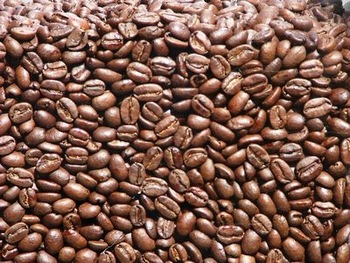
Two bumper harvests in Brazil have flooded the international market with so much coffee that the price farmers can get has plummeted to below $1 a pound (BBC News, 11 July). Since coffee is a cash crop that farmers sell instead of growing food they could actually eat, when the price hits the floor farmers will turn to other cash crops or else subsistence. Add in the number of farmers also going bust or abandoning farming, and you’re looking at a massive scaling back of future coffee production. Enjoy that cappuccino while you may, because in a few years’ time you might only be able to afford re-boiled dregs. How can a good harvest turn into a disaster? That’s capitalist ‘logic’ for you.
It is by no means the first time that this has happened. In 1929 a large coffee surplus coincided with the start of the Great Depression, leading to a huge drop in effective world demand. Despite rapidly falling prices fewer and fewer people in the industrialized countries could afford to drink coffee. Between 1929 and 1932 Brazil’s coffee exports fell by 50 percent. The Brazilian government responded by setting up a Coffee Stabilization Council to keep coffee prices from falling even further by buying up coffee and destroying it. By the middle of 1932, according to The New York Times, the Council had spent $63 million to purchase over 14 million bags of coffee, weighing 1.9 billion pounds. Thousands of bags were dumped at sea. Coffee beans were compressed into fuel bricks for locomotive fireboxes. Entire coffee plantations were set on fire. These measures had some effect on prices, but only for a few months.